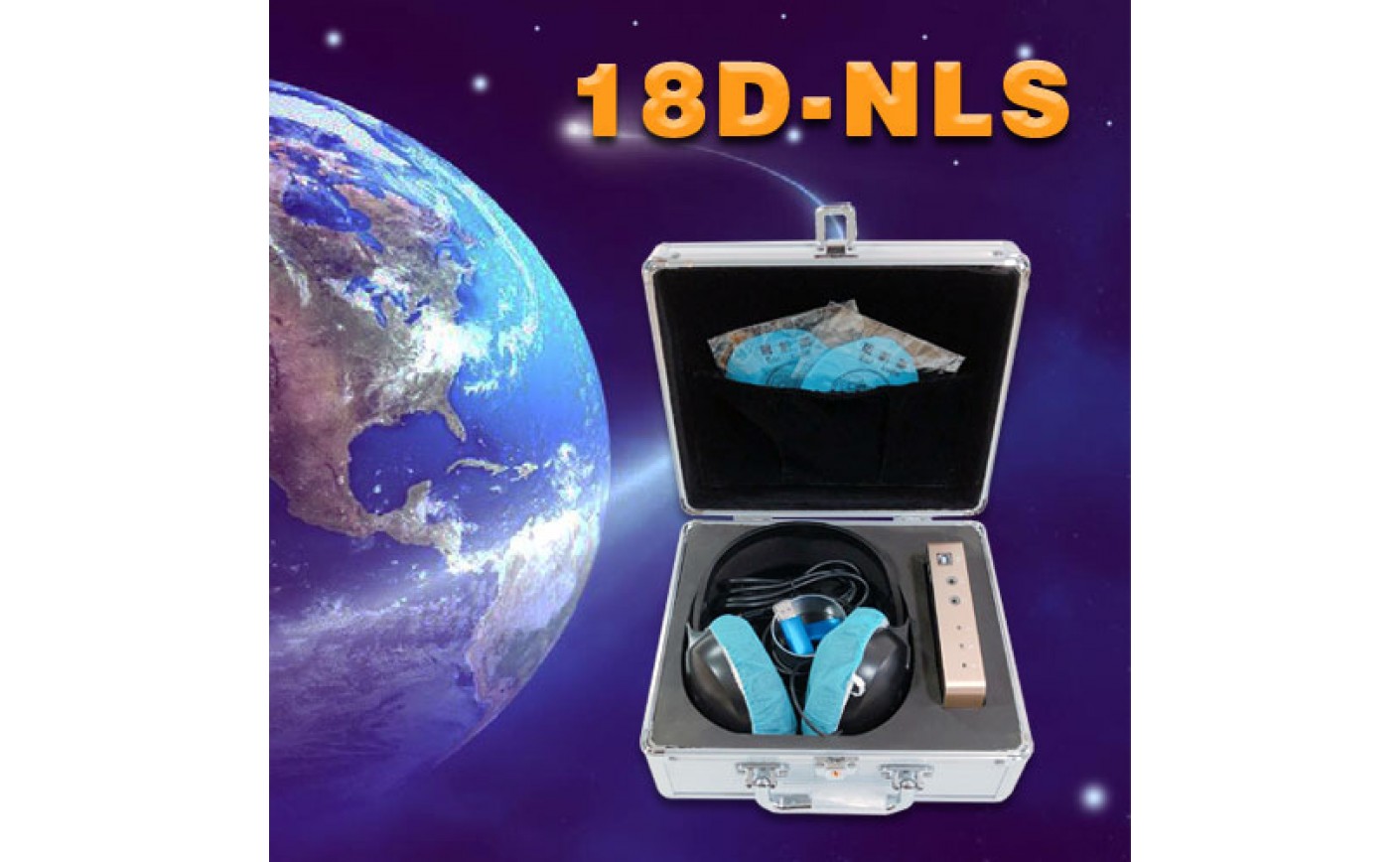Foods Packed With Potassium
Potassium is important. The mineral helps keep your entire body working properly ŌĆō cells, tissues and organs ŌĆō and itŌĆÖs considered a vital electrolyte. It helps build proteins, break down and use carbohydrates, and build muscle, and it also controls your heartŌĆÖs electrical activity. Too little potassium can cause weak muscles, abnormal heart rhythms and a rise in blood pressure. Most people need 4,700 milligrams daily ŌĆō so start with these potassium-rich choices:
Baked potato. One small potato ŌĆō flesh and skin ŌĆō packs an impressive 738 milligrams of potassium (for just 128 calories), according to the Dietary Guidelines for Americans. If you want to spice yours up, try low-calorie toppings such as salsa, Greek yogurt, spicy red onions or chili-seasoned kidney beans. Or toss some broccoli and low-fat cheddar cheese on top.
Tomato paste. A quarter cup, which hovers around 54 calories, packs 664 mg of potassium. Aside from the obvious ŌĆō swirling it into spaghetti ŌĆō try it in chili, tacos, tomato bisque or baked ziti casserole. And feel good about the fact that youŌĆÖll also be loading up on lycopene, an important antioxidant; vitamin C; and a decent amount of protein.
Beet greens. These are the leaves and stalks attached to beet roots. Just half a cup provides 655 mg of potassium ŌĆō for 19 calories. You can steam, saute, braise them, eat raw or add them to dishes like soups. Try roasted beets and sauteed beet greens, a beet green salad or beet greens mixed in pasta.
White beans. Dig into half a cup, and youŌĆÖll reap 595 mg of potassium. Try Greek pasta with tomatoes and white beans, Moroccan white beans stew, or kale with sausage and white beans. In addition to potassium, white beans are full of fiber and help boost metabolism, and theyŌĆÖre touted for being a heart-healthy option.
Clams. Three ounces of the fresh or canned variety equate to 534 mg of potassium. Try seafood pasta or New England clam chowder, or prepare red curry clams or miso soup with clams and spinach. Seafood linguine ŌĆō with clams and diced tomatoes ŌĆō is another tasty choice.
Halibut. Three cooked ounces of the fish deliver 490 mg of potassium. Halibut is also rich in important nutrients such as selenium, magnesium, vitamin B12, niacin, vitamin B6 and omega-3 fatty acids. Try preparing halibut with herbs and capers, roasted halibut with banana-orange relish, or grilled halibut salad nicoise.
In addition to these foods, there are some health products can also provide potassium for us. Through 18D-NLS, we can choose the right health products, thus keep our entire body working properly.

